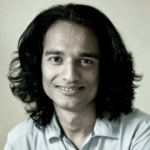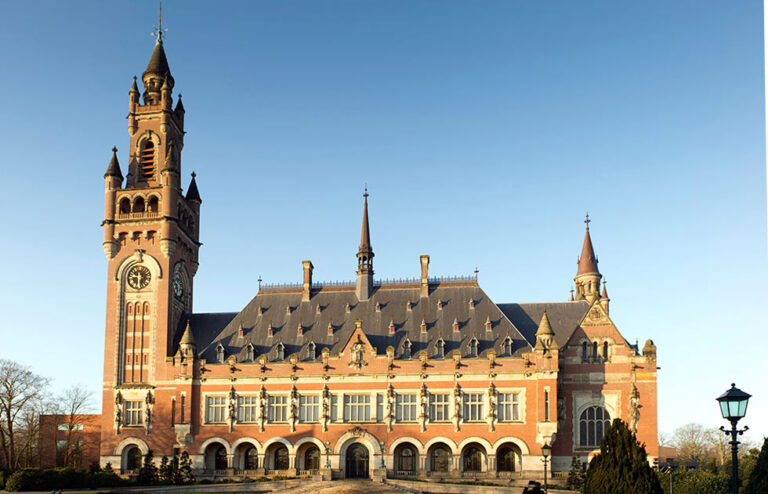
 By Kaushal Kishore*
By Kaushal Kishore*
Both houses of the Parliament passed the bill to merge three municipal corporations of Delhi in this budget session. Union Home Minister Amit Shah seems to share the pains of Delhites, no? Municipal Corporation of Delhi (MCD) remained divided into North, South and East divisions for a decade, and they are going to be one as the erstwhile MCD. The opposition parties have been trying hard to declare it unconstitutional and an attack on the federal structure. Despite all, the bill was passed within a few days in both houses. The term of the present council is going to end on May 18, 2022. Today the total number of councillors in North, South and East Delhi corporations is 272. It has been reduced to 250 with the merger. As such the municipal election is impossible so long the delimitation process is over.
The Congress leader Abhishek Manu Singhvi and Aam Aadmi Party MP Sanjay Singh raised the timing of this move on top of everything. Trinamool Congress MP Mahua Moitra referred to Delhi as the heart of India. The Union Home Minister Amit Shah replied to every question, and in the process presented the condition of the national capital in clear terms. The outcome of the division has appeared now after a decade. Chaos prevailed in these corporations due to the unbalanced distribution of the resources. Thus the ruckus was visible in the city in this age of Swachhata Abhiyan (Clean India Mission). The issues like delayed salaries of the staff led to a series of protests and strikes. The Home Minister shed light on these aspects in response.
A decade has passed since the governments of Dr Man Mohan Singh and Sheila Dikshit introduced the trifurcation of MCD ostensibly in order to end the Bharatiya Janata Party’s supremacy there. They have tried to respect the spirit of the 74th Constitutional amendment that was reflected in the bill that was introduced in the Legislative Assembly of Delhi on December 1, 2011. It was before the birth of the Aam Aadmi Party. Despite that, the Congress Party could not fulfil its dream to defeat the BJP in the municipal elections. In fact, the AAP (Aam Aadmi Party) seems to finish the Congress in Delhi. Their performance in the last MCD elections is noticeable, in the North they won 21 seats, in addition to the 16 in South Delhi and 12 seats in East Delhi.
The politics of Arvind Kejriwal’s Mohalla Sabha successfully got second place in MCD. Then the Delhi government focused on Mohalla Clinics to penetrate further among the Delhites. In addition to the water and power, this strategy has been part of the discussions centred around the municipal elections in Delhi. The AAP leaders approached the Supreme Court to ensure MCD elections as soon as its term expires.
This is not the first case dealing with the mismanagement in the corporations of the national capital. The courts have been burdened with a number of cases dealing with them. During one of such hearings, the Delhi high court referred to the morality of the government paying billions of bucks for the advertisements in the media at the expense of the state exchequer while denying the salaries to its workers. It fascinated the division bench of Justice Vipin Sanghi and Justice Rekha Palli to such an extent that they mentioned whether such things can provoke the public to the mob lynching of such leaders. Their criticism of the government, after taking cognizance of the condition of the sanitation workers, health workers, teachers and other staff in MCD schools, is well in the public domain. The writings on walls in the streets of the city are full of the venomous contents between the two rival political parties. In this case, the Bharatiya Janata Party and the Aam Aadmi Party have crossed all limits of decent public life.
The local government in towns and villages were defined under the scope of directive principles within the Constitution of India. After the 74th amendment, the PV Narasimha Rao -led Congress government recognised municipal bodies of the towns and cities as a kind of governing body by allocating the departments in 1993. But it depends on the mercy of the state government. This idea of the decentralisation of power is an outcome of the L.M. Singhvi committee report, and while referring to it in the Upper House, his son Abhishek Manu Singhvi seems to be thinking about the 365 villages of Delhi. It’s true to say that Delhi has its own Legislative Assembly, but it cannot deny the reality of the union territory. The status of the National Capital makes it different from the rest of the cities across the states. It doesn’t mean that the Supreme Court cannot review the new law in the light of a couple of the Constitutional amendments from the early nineties though this is not a part of the petition.
The powers of the Delhi government are further reduced vide the new law, and this toothless position can make the AAP act furiously. Undoubtedly the contest has been postponed to the end of the delimitation exercise. At the same time, the political parties got more time for preparation. Amit Shah expects it to be done within the next six months, while Kejriwal claims it to be over something around a year and a half. The AAP once benefitted from such delay in the Assembly election. Even though the same repeats in the upcoming MCD elections, at this juncture, it’s not possible to say so.
The three civic bodies will be in service in the national capital, even after the implementation of this law. The other two are known for the better quality of their services covering an area of about 84 square kilometres, half of which has been covered by the NDMC since 1913, and the other half known as Delhi Cantonment is under the Cantonment Board. The smooth functioning of these two compact bodies turned out to justify the idea of division into three small units. The failure of these institutions is the story of selfishness, greed and uncontrolled corruption in its functioning that defeated the idea of decentralisation of the power.
A judicial review of this bill in the Supreme Court is perhaps required in order to clear the doubts. Here, the lawmakers from the ruling dispensation seem to pay the adequate attention required to improve the condition of MCD. As far as the democratic values are concerned the concept of balanced distribution of the resources and decentralisation of power is needed to be kept in mind. The villages of outer Delhi are out of the radar of the elite government. Public servants and their representatives turned their backs on these villages in the eighties. The villages and their panchayats have been known for millenniums throughout the world as the Indian system of governance. The prolonged negligence towards them is destined to initiate yet another heritage preservation program.





